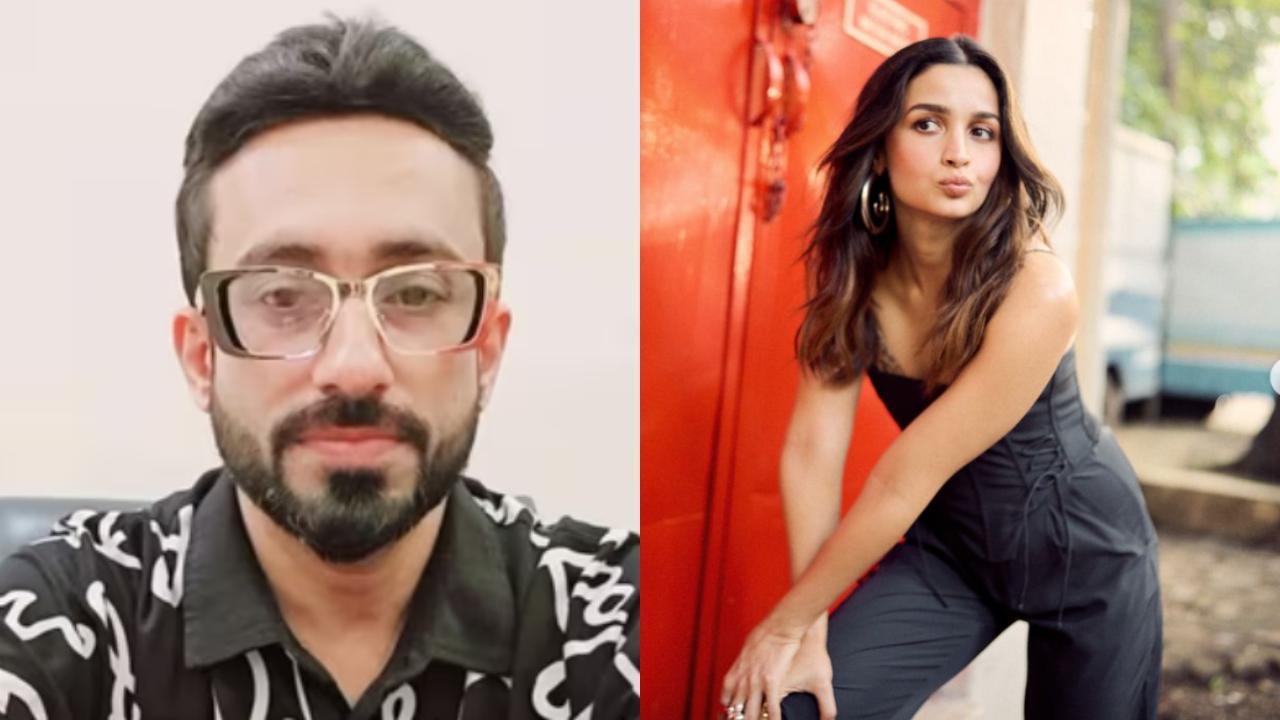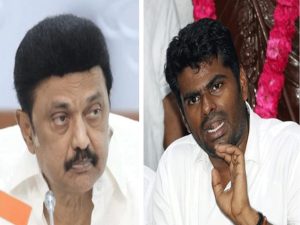
In recent developments, Bollywood actress Alia Bhatt has found herself in the eye of a social media storm as she responds to allegations regarding the use of Botox and claims of facial paralysis. Early this morning, Alia took to social media to address the rumors head-on, fiercely defending herself against allegations that she had experienced an adverse reaction to Botox which had left her paralyzed on one side of her face. Now, Dr. Sai Ganapathy, a facial aesthetics expert who initially brought these claims to light, has offered his own insight, seeking to clarify his perspective on the matter.
The uproar began when Dr. Sai Ganapathy published a video that scrutinized Alia’s physical appearance, delving into alleged surgical procedures and their supposed side effects. His narrative suggested that Alia might have experienced a Botox mishap, resulting in the facial asymmetry noted by online commentators.
In an exclusive conversation with the ‘Hindustan Times’, Dr. Ganapathy emphasized that his video was a product of his personal judgment, intended as an educational piece rather than a targeted attack on the beloved actress. “It’s merely a personal observation,” he stated. “I’ve not aimed to single anyone out. Such complications can arise in any aesthetic procedure; it’s not something unique to Alia or any individual. It’s crucial to remember these issues are typically reversible and should not provoke undue alarm.”
Dr. Ganapathy elaborated on the potential medical rationale behind Alia’s oral articulation, highlighting how, in his view, a minor Botox complication could result in the observed speaking patterns. According to the doctor, if Botox migrates toward the risorius muscle, it may cause temporary facial asymmetry, evidenced by a downward movement of the lip during speech. This issue could explain the video content circulating on social media.
Despite the controversy, Dr.
. Ganapathy expressed reluctance in emphasizing looks, especially given the public nature of figures like Alia. However, he acknowledged that public figures often become unintended focal points of awareness regarding aesthetic treatments and potential mishaps. “While it may not be ideal to highlight someone’s appearance, public figures hold significant influence,” he remarked. “If a known personality can experience such a mishap, it underscores that it can happen to anyone, though it is reversible. The gravity of influence they possess can substantially impact the younger demographic, highlighting crucial lessons in cosmetic experiences.”
In her strongly worded response, Alia Bhatt dismissed the claims as “absurd” and “ridiculous,” profoundly criticizing the judgmental nature of the assertions made about her facial appearance. She lashed out at what she described as an overanalyzed and unfounded narrative regarding her smile and speech. In her social media note, Alia stated, “To the speculative video making rounds, which audaciously claims I’ve endured Botox complications—and correspondingly, the perpetuation of this narrative by sensationalist articles—I commend the microscopic and hypercritical evaluation of a person’s facial nuances. To assert I’m paralyzed on one side is sheer absurdity. Are you for real?”
The crux of Alia’s argument remains her discontent with the public narrative concerning her physical attributes, demonstrating how public scrutiny and misinformation can spiral into significant misinterpretation and commentary.
Dr. Ganapathy, although acknowledging Alia’s grievances, stands by the intent of his message, asserting its foundation in medical observation rather than speculation. His remarks attempt to bridge the divide between public curiosity and medical professionalism, allowing room for educational discourse without casting undue aspersion on the individuals involved.
Through this controversy, both Alia Bhatt and Dr. Sai Ganapathy have ignited wider discussions surrounding the implications of cosmetic procedures and the repercussions that public figures face due to heightened scrutiny. Alia’s revelation and Dr. Ganapathy’s defensive posture remind us of the thin line between personal opinion and public perception in the age of social media, a dance which often leads to both intense praise and, as in this situation, harsh critique.












